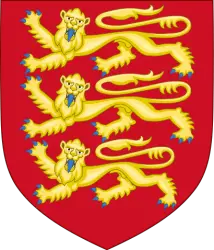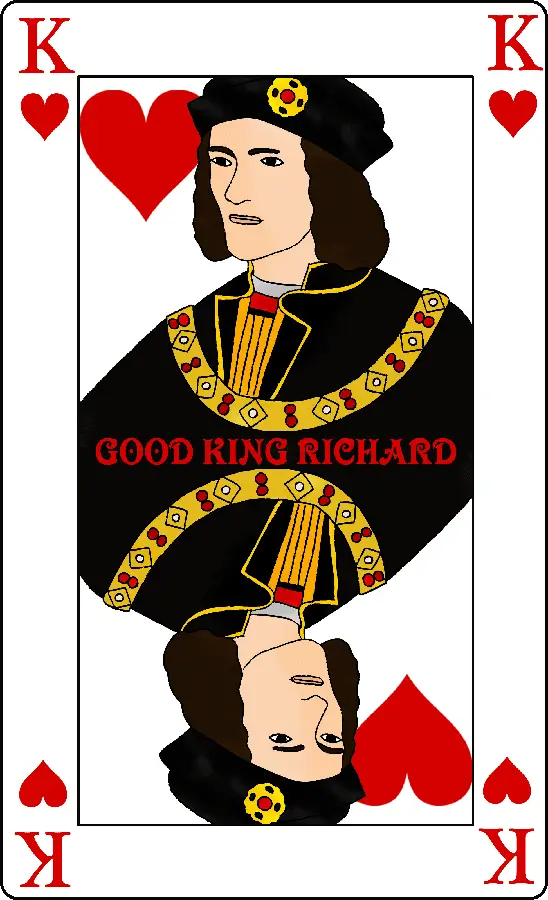It was a lavish occasion and must have been an incredible sight. According to Pierre Grigore, the pageants of Mary's triumphant entry into the city included:
- A fountain with three jets watering a lily and red rose, representing France and England, and three ladies dressed as the Graces – Beauty, Mirth and Prosperity – who were uniting the lily and the rose.
- Mary as the Queen of Sheba bringing her gift of peace to her husband, Louis XII, whose wisdom was renowned, just like that of Solomon.
- A pageant showing God the Father in a cloud “holding in his right hand a large heart surrounded with the King’s order, and in the other a lily and rose intertwined. Underneath were a King and Queen, in their triumph and magnificence, and at the foot was written, “Cor regis in manu Domini est, quocunque voluerit inclinabit illud” (Prov. XXII), and under the King and Queen “Veni amica mea, veni, coronaberis” (Canticorum 4). Below stood five ladies, viz., France and England seated in chairs at the two ends of the scaffold, and between them standing Peace, Amity, and Confederation.”
- The throne of honour – Mary was taken to the Church of the Holy Innocents where there was a scaffold with a tent called the throne of honour. “Within was planted a lily in an orchard called the orchard of France, surrounded by four Virtues – Pity and Truth on the right, and Fortitude and Mercy on the left…On the large scaffold below was an enclosure like the wall of a town, with towers and a gate. In the centre a rosebush, with “Plantatio rose in Jherico” written thereon. From the bush a stalk with a bud on it rose up towards the throne, and the lily descended and met it half way. They then rose together to the throne where the bud opened, disclosing within a maiden richly dressed” who gave an oration.
- A pageant at the Chastellet of Paris showing Justice descending from a cloud with his sword and Truth rising up. “Below the scaffold stood Phœbus, Diana, Minerva, Stella Maris and Bonaccord. Stella Maris signifies the Queen.”
- A scaffold at the Palais Royal showing the Garden of France, the King and Queen with Justice holding a sword, and Truth holding a peace.
Orations praising Mary were also said at each pageant. It ended with Mary’s entry into the church of Notre Dame, where she was welcomed by Cardinals, Archbishops and other members of the clergy. After a service there, she ended the day with a banquet at the Palais Royal.
Notes and Sources
Taken from On This Day in Tudor History by Claire Ridgway.
- Letters and Papers, Foreign and Domestic, Henry VIII, Volume 1, 1509-1514, 3417, Reception of Mary Queen of France into Paris, Pierre Grigore. You can read this for yourself at http://www.british-history.ac.uk/letters-papers-hen8/vol1/pp1431-1444




Leave a Reply